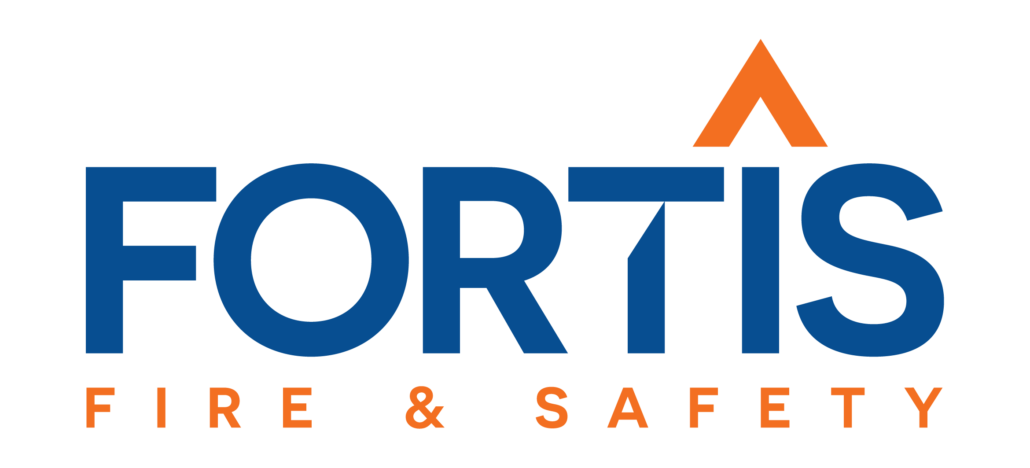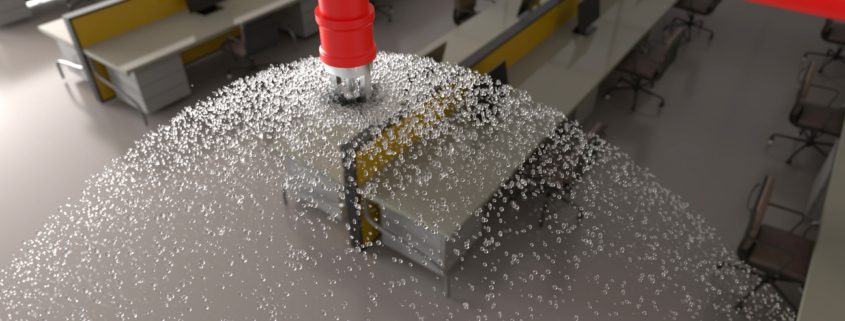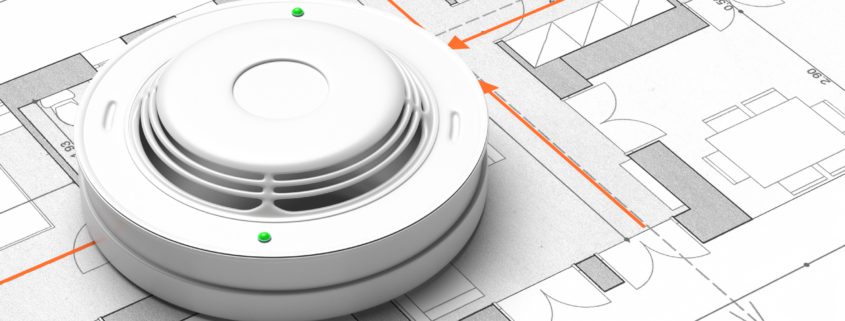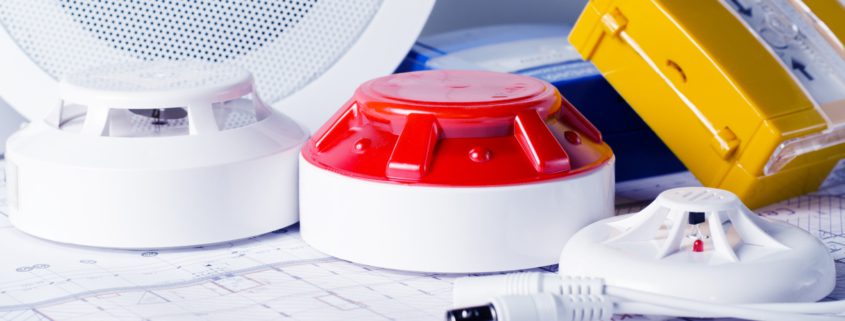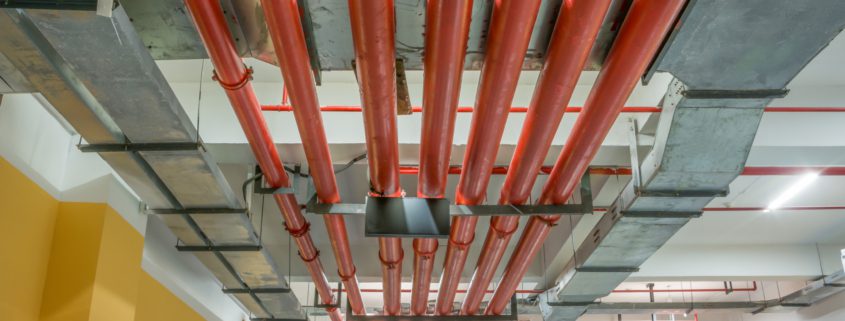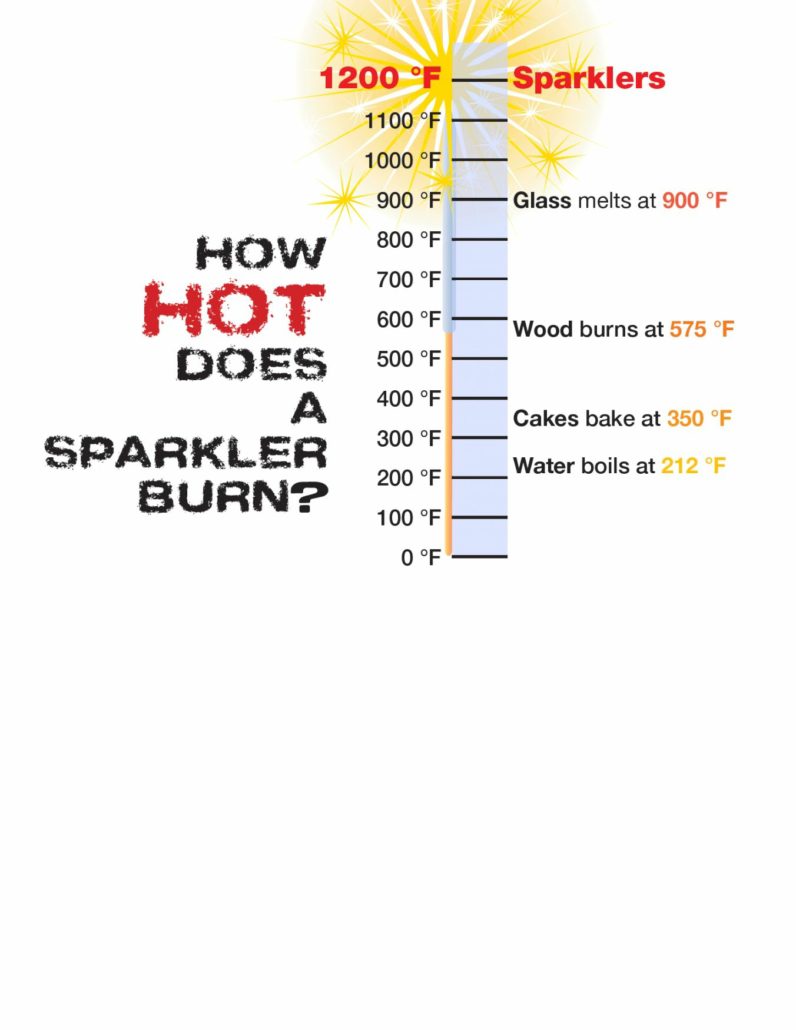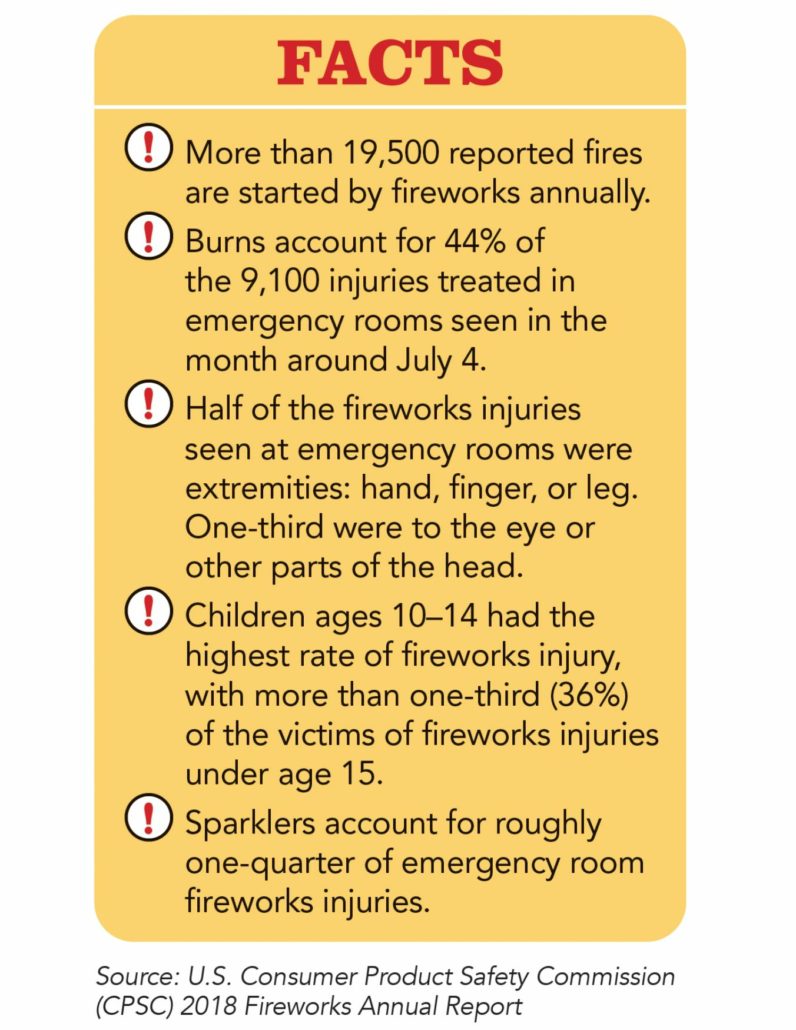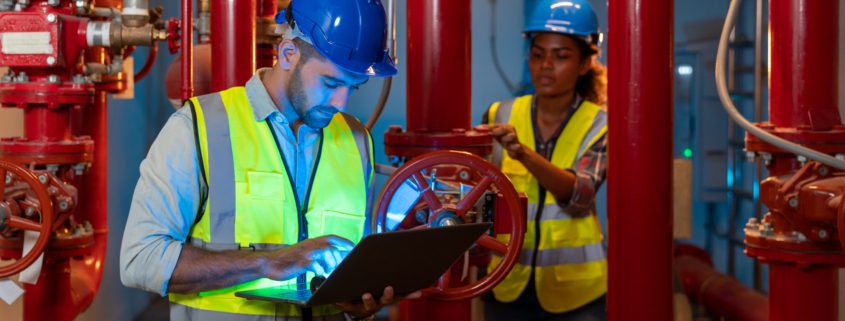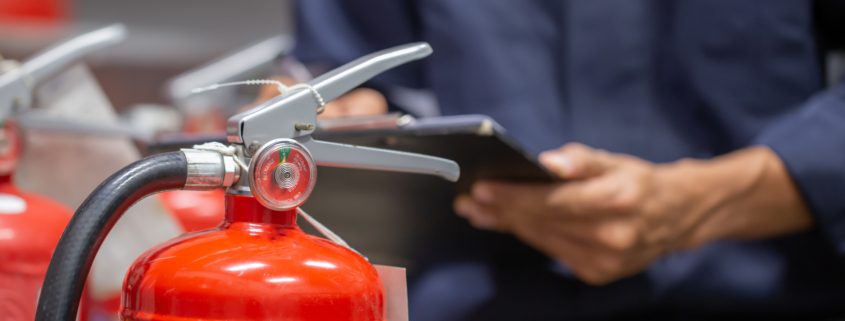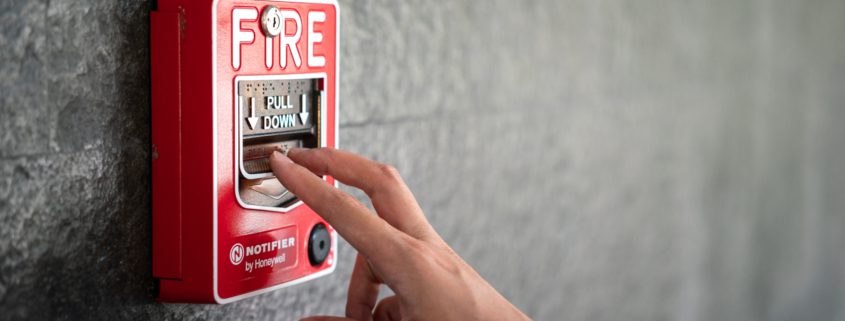State of The Fire Protection Industry Updates Q2-3 2023
The fire protection systems market in North America, valued at USD $27.87 billion in 2022, is projected to experience a compound annual growth rate (CAGR) of 3.6% from 2023 to 2030. In recent years, fire safety has gained significant importance in the North American region due to notable fire incidents. According to the National Fire Protection Association (NFPA), the US reported approximately 1,291,500 fire cases in 2020, resulting in 3,420 civilian deaths, 16,720 civilian injuries, and USD $14.8 billion in property damage.
The fire analysis segment is expected to exhibit the highest CAGR over the next five years. The increasing demand for fire analysis, which facilitates informed decision-making during fires, is driving this growth. Services related to fire mapping and analysis, fire modeling and simulation, installation, and design are anticipated to experience significant growth in the fire protection systems sector.
Demand Drivers for Fire Safety Services
The construction industry’s substantial growth across various regions in the US has led to an increased need for the design, construction, and installation of fire protection systems. The demand for fire protection systems in new construction projects has been a key driver for market growth.
Furthermore, the combination of new construction activities and the replacement of outdated fire alarms, sprinklers, and detectors due to stricter safety and environmental regulations, plays a vital role in market dynamics. Some of these regulations have been implemented in response to a higher incidence of wildfires over the past five years, resulting from changing weather patterns across the country.
Government mandates and regulations that enforce unified building codes and elevated fire testing standards are also contributing to the demand for testing, installation, repair, retrofit, and servicing of fire safety systems.
Emerging Fire Protection Technologies
The Testing, Inspection, and Certification (TIC) sector is poised to dominate the fire safety services market. TICs provide crucial capabilities for gaining clear insights into fire situations upon arrival at the scene. These technologies detect heat signatures that indicate the presence of a fire, victims, or hidden dangers in low-visibility conditions.
Smart fire detection products play a significant role in early smoke and smoldering detection, effectively preventing extensive property damage and potential harm to individuals. However, challenges such as the high installation costs and the growing adoption of alternative solutions like water mist and gaseous suppression systems may impact the market.
In the coming years, there will be a considerable increase in the adoption of smarter and more advanced fire protection system products to comply with stringent government regulations pertaining to employee safety.
Impact of the Pandemic
During the pandemic, the demand for fire protection systems in office buildings decreased due to remote work arrangements. However, the healthcare sector experienced a significant increase in demand for fire safety equipment. Hospitals and other healthcare facilities require specialized fire safety equipment to ensure the safety of patients and healthcare workers. Stringent fire safety regulations in the healthcare industry have led to higher demand for equipment such as smoke evacuation systems and fire-rated doors.
Segment Insights
In 2022, the fire detection segment accounted for the largest share of over 57.0% in the market. Fire detection systems consist of various devices that work together to detect carbon monoxide leaks and fires, providing crisis notifications through video and audio systems.
The installation and design service segment held the largest market share of over 41.0% in 2022. This segment refers to outsourcing the design, development, updates, documentation, and installation operations of fire protection systems.
Maintenance services are crucial for detecting and alerting individuals in the event of smoke or fire. Even minor defects in the system can lead to major accidents if not addressed promptly.
The commercial fire protection segment dominated the market, accounting for over 45.0% of revenue share in 2022. Commercial applications include retail, BFSI, government, healthcare, telecom, IT, and educational institutions. Insurance companies often require commercial buildings to install fire safety equipment to mitigate the risk of fire damage.
The industrial application encompasses sectors such as oil and gas, energy and power, mining, and manufacturing. Manufacturers of fire protection systems place a high emphasis on installing advanced fire protection systems in areas prone to fire incidents, such as electrical distribution, lighting equipment, and chemical storage.
Key Industry Developments
- In June 2019, Halma plc acquired Ampac, a fire and evacuation systems company based in Australia. This acquisition enabled Halma plc to expand its global presence while leveraging technological expertise and an established market in Australia.
- In March 2020, Johnson Controls launched TYCO, a corrosion solution for fire sprinkler systems. This product helps extend the lifespan of wet and dry fire sprinkler systems, incorporating an in-line detector that monitors the system and provides early signals of corrosion.
- In October 2020, Honeywell International Inc. unveiled the first tools from its Connected Life Safety Services (CLSS) suite, an all-in-one cloud platform for fire safety systems.
- In June 2022, Kidde HomeSafe introduced an integrated smart detection system that provides a comprehensive home-detection solution, including carbon monoxide, smoke, water leak, and frozen pipe detection.
- In June 2022, Siemens Korea Smart Infrastructure launched the SRF 2.0 intelligent fire detection system, featuring an auto self-diagnosis feature and delivering high reliability and stable performance.
These developments highlight the ongoing innovations and advancements in the fire protection industry, aimed at enhancing safety and providing efficient solutions for various applications.
Overall, the fire protection industry continues to evolve, driven by construction growth, regulatory requirements, and the adoption of advanced technologies. These trends and developments shape the landscape of the industry as it progresses through Q2-Q3 2023.
At Fortis Fire & Safety, we remain steadfast in our commitment to being the “Next Generation of Fire Protection Services.” We understand the evolving landscape of the industry and are dedicated to staying at the forefront of advancements and innovations.
Our People-First philosophy sets us apart, as we prioritize the safety and well-being of our team members, clients, and communities. By continuously investing in our personnel, embracing cutting-edge technologies, and delivering exceptional service, we are confident in our ability to lead the industry in the years to come. With Fortis Fire & Safety, you can trust that your fire protection needs are in the hands of a dedicated and forward-thinking partner.
Resources:
